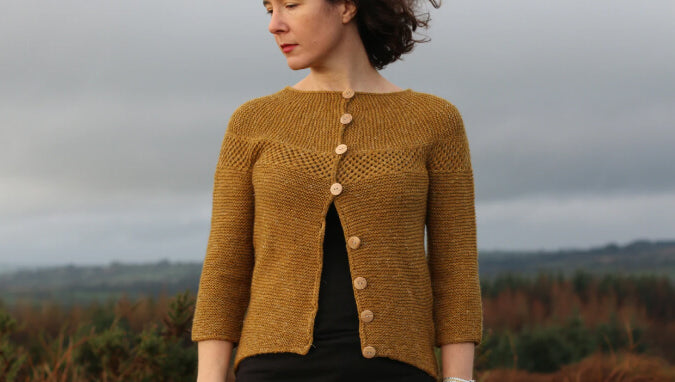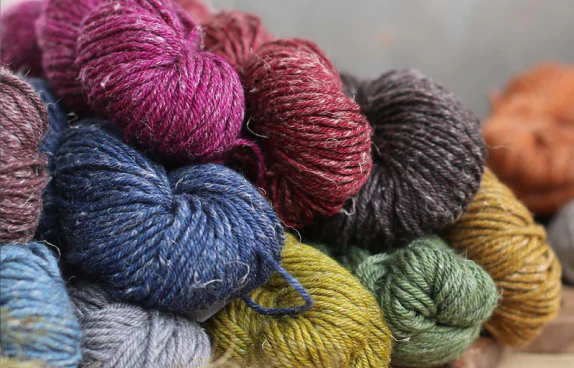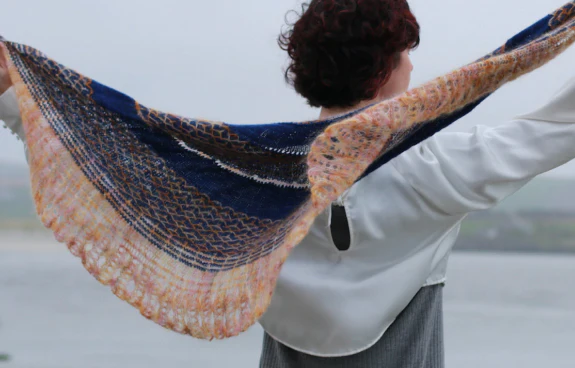Knitting Tutorials
Learn a new technique in 10 minutes or less with our step-by-step video tutorials.

Explore Tutorials
We have easy step by step guides/video tutorials on everything from casting on, bind off, short rows, cables, and more. Everything is ready for you in bite sized videos of ten minutes or less.
New Knitter Series
Are you a new knitter? Jump into our knit basics series to find our step-by-step guides to get you started. You'll find everything from knitting styles to how to wind yarn in this series.
Learn More
Want to Advance your Knitting?

Learn as you Knit
If you learn best while you are working on a project then you'll love our video workshop courses! Each of the projects works through a pattern, showing details of each step as you work.

Learn with Others
If you'd love to have the support of other knitters as you work, then one of our knit-alongs (KAL) is just for you! A few times a year, we release a pattern as a series of clues. These clues are supported with tutorial videos and lots of knitting chat on our KnitHub forums!

Abbreviations got you stumped?
Starting your knitting adventure can be a little daunting especially when it comes to knitting terms and abbreviations. Check out our list of common abbreviations here so that you can take your next knitting steps with ease and confidence.

Fall in love with your next project
If you're an experienced knitter and are looking for your next pattern then you can jump straight into our pattern section to find your next favourite project.
Enjoyed this article?
Discover so much more here at Stolen Stitches
Learn
Continue to explore our large library of free tutorials, or join us in a live knit-along! Here are a few articles related to this one that we think you'd like:
Search
Community
Join over 2000 like-minded knitters in our free, supportive Knithub community. It’s really easy to get started and you’ll find knitters of all levels here.
Clubs
Join one of our clubs and get exclusive content, enjoy group learning and a supportive community - in one membership.











